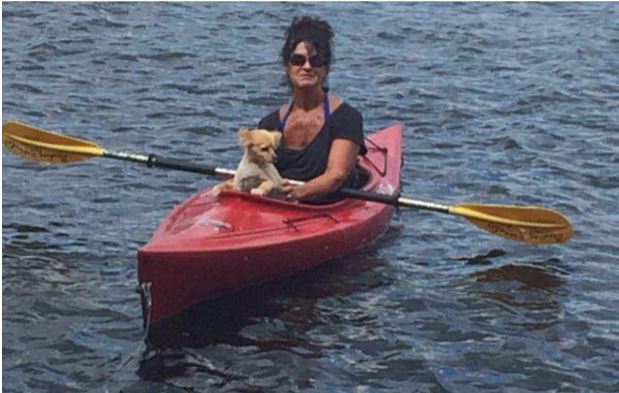This is a true story about a group of hardy rugged men who are a continuous reminder to me that leading change is a matter of the heart and soul as well as the head.
Background and Preparation
Many, perhaps most, members of the Society of American Foresters, were supplying industry with lumber in the late 90’s. One member was dismayed to discover that the group’s code of ethics contained no mention of the forest. He began what turned out to be a contentious campaign to pass and include such an ethic in the society’s cannons. After two years he succeeded in getting the governing council to meet for a half day to consider this issue. A group of three consultants, including myself, were asked to design and lead this meeting.
We believed emotion and empathy were critical to bridging the differences and creating common ground. We would address both left and right brain – logical structures and felt experience. There were subtle but important factors in the design of the day. Chairs arranged in a circle – no desks or tables. Begin with the left brain logical structures – a statement of purpose, introductions, agenda, etc. to create a safe space for right brain activities – emotions about the forests in which they worked. Have Bob, a former college football captain and All-American player, a strapping 6 foot 210 pound figure tell a story packed with emotion to set a tone for the work to be done.
The Big Event
The 34 men arrived. Some wore the traditional Paul Bunyan plaid shirt. There were no suits. These were large handed men with powerful arms who in their earlier years swung axes, spent countless hours in deep isolated timber, handled heavy equipment, and cut down trees. These were men who wore heavy boots and walked un-trailed forests in all kinds of weather to make decisions about which trees would live and which would die.
After introductory remarks, agenda setting etc, Bob shared a heart felt story about another group of men from very different backgrounds who literally joined hands to save a life. It was a story of moving day, the sound of a car accident, a screaming mother, and a child whose arm was pinned under the wheel of a car. It was a story of three men without time for words who moved as one unit, ran down the street and lifted the car from atop the child’s arm. Bob’s closing words,
There are moments that call us to move beyond ourselves and join with others around shared values and felt experience. This event was one of them. One minute I was judging how well these movers were treating us and handling our valued possessions, and the next minute I was aligned with them, running and lifting for life. And you would have been running too. Every one in this room would have been running for life.
With those words, Bob pulled every person into his story. Years later he reflected,
I have to laugh when I think about telling a story that had nothing directly to do with forestry or conservation, but it illustrated transcendent moments in our lives when we can choose to move beyond the arguments, fears and politics and become unified in action on behalf of something of great value about which we care deeply.
Back to the day of the meeting.
We then asked the members of the council to recall their first experience of nature and to consider telling this story in the group. There was no instruction about how they would share – yet. That would come later – or so we thought.
Silence. Long silence. Loud silence.
Some took out pen and paper.
A bit of noise to break the silence.
More silence.
The internal sound of my own anxiety.
When Heart and Soul Speak
Then a 72 year old council member walked to the front of the room and commandeered the podium. He told the story of being carried on his father’s shoulders into the Olympic rain forest. He described their walk down the trail. He recalled the tree bough laden with snow that brushed his face. He touched his cheek as he spoke. His story finished, he walked back to his seat.
For the next several hours, we sat captivated as one after the other his colleagues followed suit – or in this case flannel shirt. We heard stories about deer in the orchard on an Upper Peninsula farm; deep snow in the hill country of Arkansas; buttercups and blueberries for Mom in Northern Minnesota. There was a poem about Gull Lake. We saw the moon through long leaf pine in Louisiana, big trees near Grandmother’s house in the Olympics. We were lying in the grass in a Wisconsin hardwood forest, seeing shooting stars in the Sierras. We smelled sawdust filling the air while logging with Father in Michigan and were then transported into the pungent odor of the Arizona desert. We heard bull frogs at night in West Virginia. Tears were shed as people shared the experience of be-ing in the soul of the forest.
When the last council member spoke his heart, we turned the session to matters of the brain. We asked them to craft a land ethic. Something bland was offered. It was met with, “Hey, we just left the place we were in a few minutes ago. Let’s write something from that place.” Heart, mind and soul came together.
Results
That year the Society of American Foresters adopted a land ethic canon after being without one for 100 years. This meeting was also a factor in the birth the Forest Guild, a society of professional foresters who take a pledge to uphold the integrity of the forest as their first and foremost obligation.
Major Points
1. To lead change address the emotions of those being asked to change.
2. Use stories – yours and theirs – to access emotions, inform decisions and gain commitment to change.
Have a comment or a favorite story about change?

